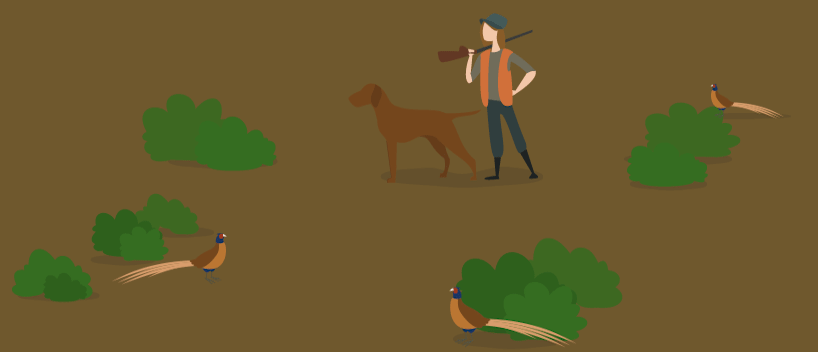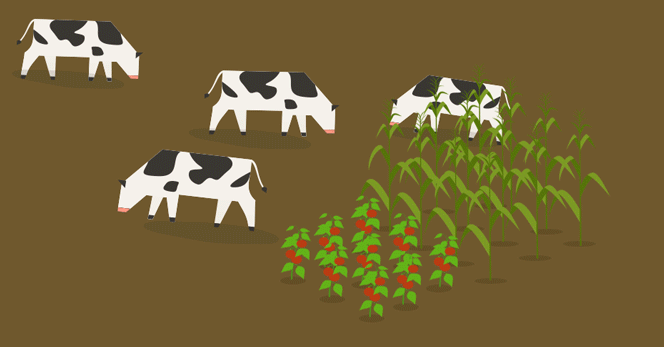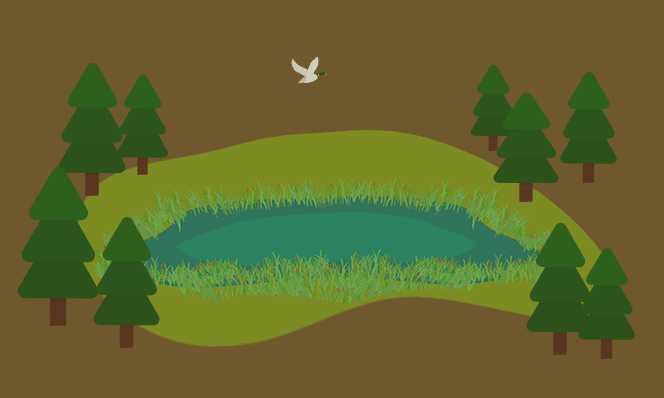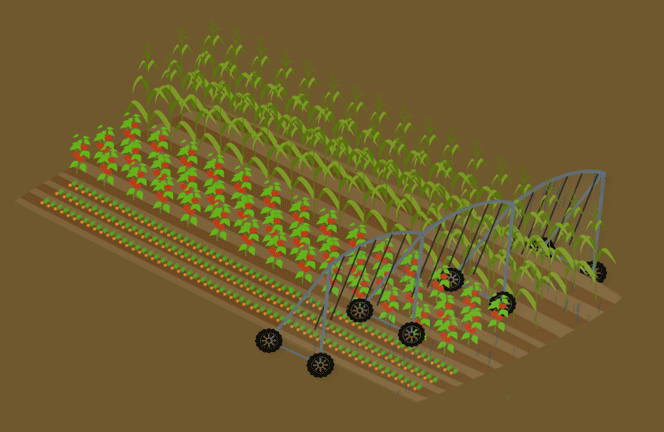Introduced in the 1985 Farm Bill, the Conservation Reserve Program incentivizes landowners to put a portion of their acreage into conservation cover, particularly on lands that would be more productive as wildlife habitat than they would be for crops.
It’s easy to see why the Conservation Reserve Program has been one of the nation’s most important conservation programs for farmers, wildlife, and sportsmen and women. First, many of the species we love to pursue find habitat and forage in farm country thanks to the CRP.
Without CRP, 40 million sportsmen and women would lose access to hunting and fishing opportunities across rural America.
In the northern plains states, Conservation Reserve Program acres make up a vital share of nesting habitat for more than half of North America’s waterfowl. CRP helps landowners to voluntarily restore and supplement sage grouse habitat across the West, providing a much needed boost to a species in decline. Whitetail deer, black bears, pheasants, quail, wild turkeys, and countless other species have also been rebounding thanks to the conservation of millions of acres of grasslands and buffers through CRP.
The Conservation Reserve Program’s impact on water quality is especially notable. Through smart land management decisions, like the installation of waterway buffers, CRP protects more than 170,000 stream miles with trees and grasses that filter agricultural runoff. This improvement means cleaner drinking water, fewer algal blooms, and better fish habitat near CRP fields and downstream.
The program also helps with the following:
- Creates habitat for pollinators like bees and butterflies
- Prevents erosion
- Builds soil health
- Mitigates the impacts of flooding and drought
- Reduces greenhouse gas emissions
If that weren’t enough, many farmers, ranchers, and forest owners also open CRP acres to hunters and anglers in their communities. Given all of these benefits, the CRP is highly cost-effective, making up just a fraction of the U.S. Department of Agriculture’s budget.
But even as the Farm Bill’s most popular conservation program, the CRP has faced many challenges. In the last decade, landowners clamoring to enroll were faced with historically low application acceptance rates. Acreage caps were scaled down as the federal budget was tightened. In the 2018 Farm Bill, Congress acknowledged rampant demand for CRP by boosting the acreage cap back up to 27 million acres, but that’s a far cry from the 37 million acres available at the program’s height, and the additional cost of growing the program was paid for by placing a cap on rental rate payments.
Further changes to how the USDA administers the program made it less attractive to farmers and, at the close of 2020, enrollment fell to a historic low.
Without a strong CRP, the northern plains states would lose much of their duck breeding habitat, greater sage grouse in the West would be at greater risk of population decline, and brook trout would disappear from Eastern headwaters. Without CRP, 40 million sportsmen and women would lose access to hunting and fishing opportunities across rural America. The TRCP and its coalition partners demand a stronger Conservation Reserve Program in the next Farm Bill.








